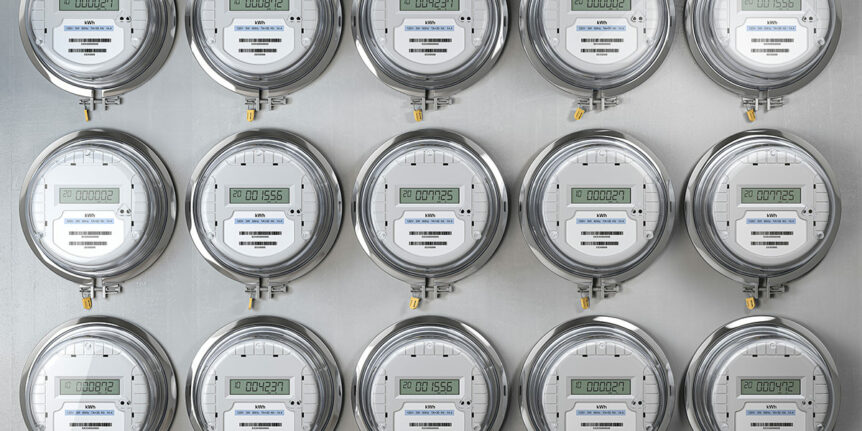For many multi-tenant property owners, the process of allocating utility costs along to tenants can be a challenge. While tenant spaces can be set up with direct utility meters, this doesn’t work well where tenant spaces may be reconfigured and built out differently for each new tenant’s needs. Pro-rating energy use by the square-footage of each tenant space can provide a somewhat accurate picture of each tenant’s energy usage, but this works best when all tenants have similar energy use. If tenants have energy-intensive use types, such as a data center (even a small one), or commercial kitchen equipment, then their electricity or gas use will be much higher than a typical office space, or a retail store. Several options are available to more accurately determine energy use by tenants:
- Ratio Utility Billing (RUBS): Ratio utility billing is similar to square-footage based pro-rating, but takes things a step further. In addition to square-footage, RUBS accounts for the equipment and energy use types in each tenant space. This provides a more accurate picture of each tenant’s energy usage than square-footage alone. While RUBS does not require the installation of any additional equipment, it does require periodic audits of tenant spaces to keep an up-to-date picture of their equipment and energy use. RUBS also does not necessarily account for unexpected changes in a single tenant’s energy usage. One tenant leaving equipment running has the potential to impact all tenant’s bills, even though that impact will be more proportional to each tenants expected energy use.
- Direct Submetering: Unlike RUBS, submetering directly measures the energy usage of each tenant. This does require the installation of new equipment at the tenant utility connection. However, submeters are generally small and unobtrusive, and can often be installed in empty space within an electrical panel or subpanel. Submeters are available for both electricity and natural gas (as well as other, non-energy utility resources). Some submeters simply have a display output showing cumulative consumption, and will have to be read manually in order to keep track of tenant consumption. However, some submeters are network-enabled, and can transmit usage to a central unit or computer. Some can even integrate with cloud applications showing real-time usage.
- Submeters as a service: Submetering service providers do the heavy lifting of submetering for you. Service providers generally provide a wide array of services, from simply configuring and installing metering systems, to maintaining and reading the meters over time. Many providers will even take care of billing. This level of service does come at a cost, however. Submetering service providers are the most expensive option out of the three discussed. Depending on the provider, they may maintain ownership of the submetering equipment, and will likely have additional charges for configuration changes (such as if a new tenant builds out a larger space, for example).

